Taking the first step of education is always overwhelming, especially for the parents. When it comes to mathematics, it’s harder than one thinks.
But, hey, dear readers, if you know how to teach math using an Abacus, you are already halfway to completing your mission in mathematics.
A parent often ponders: what is the next step after learning the numbers? How to explain addition and subtraction to a 4-year-old? Well, here’s your answer—the ancient abacus.
If you are curious about the advantages and disadvantages of abacus system, you have come to the right place.
Here, I have listed 8 amazing benefits of abacus.
A Little Theory About Abacus
Definition of Abacus: A mathematical tool/device, also known as a counting frame. It is presently used for calculating basic mathematics, such as addition, subtraction, multiplication, and division.
The word “Abacus” came from the Latin word 'abax' meaning 'bacon.' This thousand-year-old calculating tool was widely used in ancient Asia.
Although it was invented to perform necessary calculations, now, it is mostly used to teach kindergartners and preschoolers and for various brain development programs. If you want to learn further how abacus helps in brain development, please keep reading this blog.
Originally, the Abacus method meant using pebbles or beans on wooden tables or ground to calculate. But now, it is a vertically organized rectangular frame with colorful beads.
Eight Amazing Benefits of Learning Abacus
1. Enhances Cognitive Development
Abacus training has shown wonderful results in enhancing cognitive development in children.
About 90% of primary children use left side of the brain for analyzing information, understanding language, and decoding sounds. However, kids who use the right side of the brain learn rational thinking and creative skills earlier than their peers.
In addition, the right side of the brain is also responsible for Cognitive Development.
This part of the brain is where we learn imagination, intuition, and visualization. When young children use abacus, most of them tend to move the beads from both the sides.
Therefore, they use both hands, which in result, stimulates brain cells in both sides of the brain.
As a result, using abacus enhances cognitive development in children. This is another reason why abacus is also used for various educational programs.
Take a look (in the video) at how Japanese use Abacus for better cognitive memory.
2. Helps to Understand Calculations Better
At an early age most children are encouraged to rote-learn mathematical tables, like multiplication tables. As a result, our little ones find calculations very confusing and difficult.
But, if you use an Abacus, even if they don’t memorize the tables right away, they will definitely understand the explanation behind it. Moreover, there are other amazing benefits of abacus for toddlers and young children.
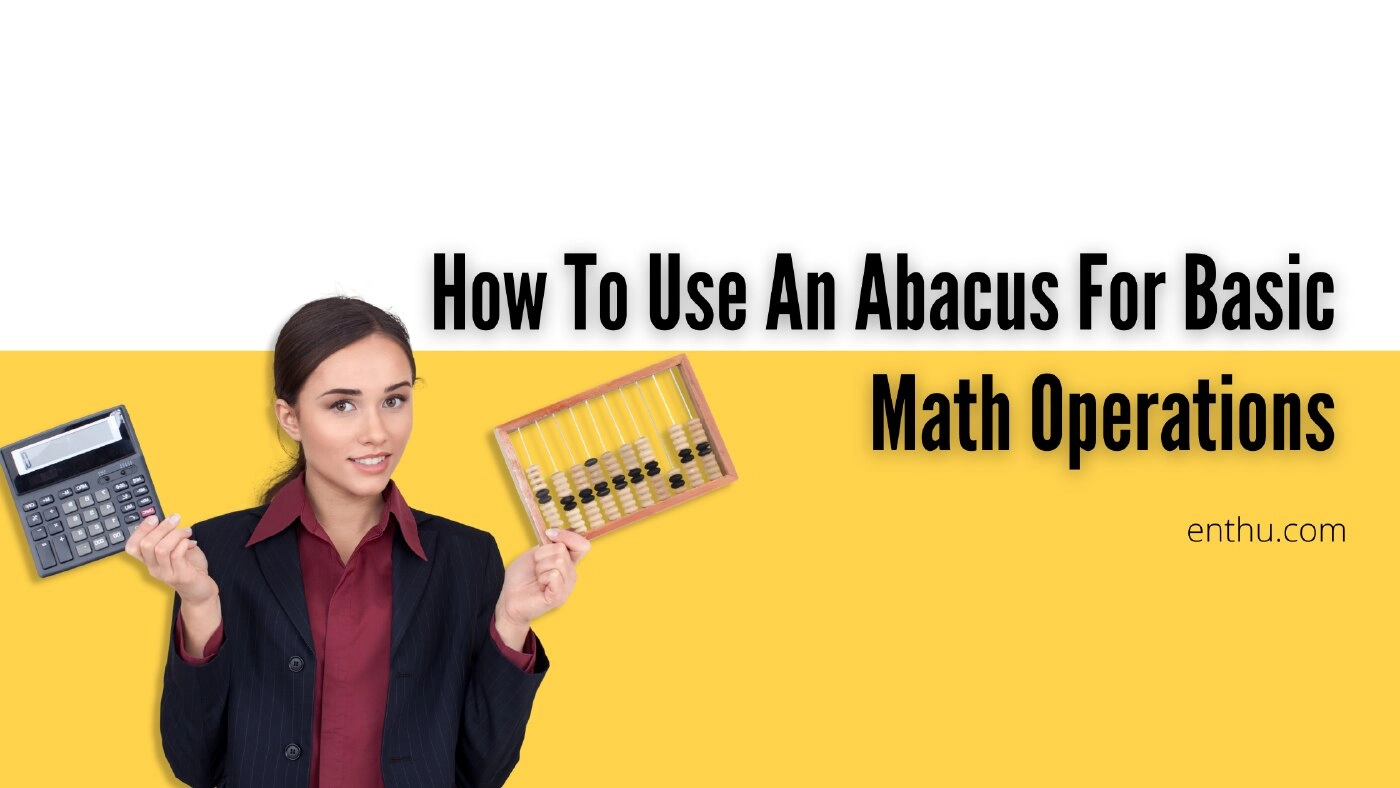
3. Makes Mathematics Fun
When it's about teaching our little ones, even alphabets appear as complex as rocket science. So, undoubtedly, teaching how to solve math problems is difficult for you.
On top of that, children repel very quickly from difficult subject. Anything new and complex appear dull and boring to our little minds.
And, how to deal with it that? The answer is simple: make mathematics fun. An abacus with colorful beads is always the best start for young learners.
Mostly because they find the abacus similar to a toy. Therefore, the process of solving problems becomes more fun for them.
4. Teaches to Calculate Mentally
To begin with mental picturization can help a person think / imagine better. For instance, even in psychotherapy, therapists use mental picturization to recall traumatic events and process them.
Mental math is a similar case where a child / learner / practitioner mentally pictures the number and calculates in their minds.
Is an abacus mandatary for mental math? No, not necessarily. However, an abacus is by far the most efficient toy / tool / instrument to begin practicing mental math.
Using an Abacus at an early stage helps the little ones to create a mental picture of calculations.
The colorful beads makes it easier for them to picturize. Afterwards, as they grow up, regular abacus classes help them to adopt mental math as a habit.
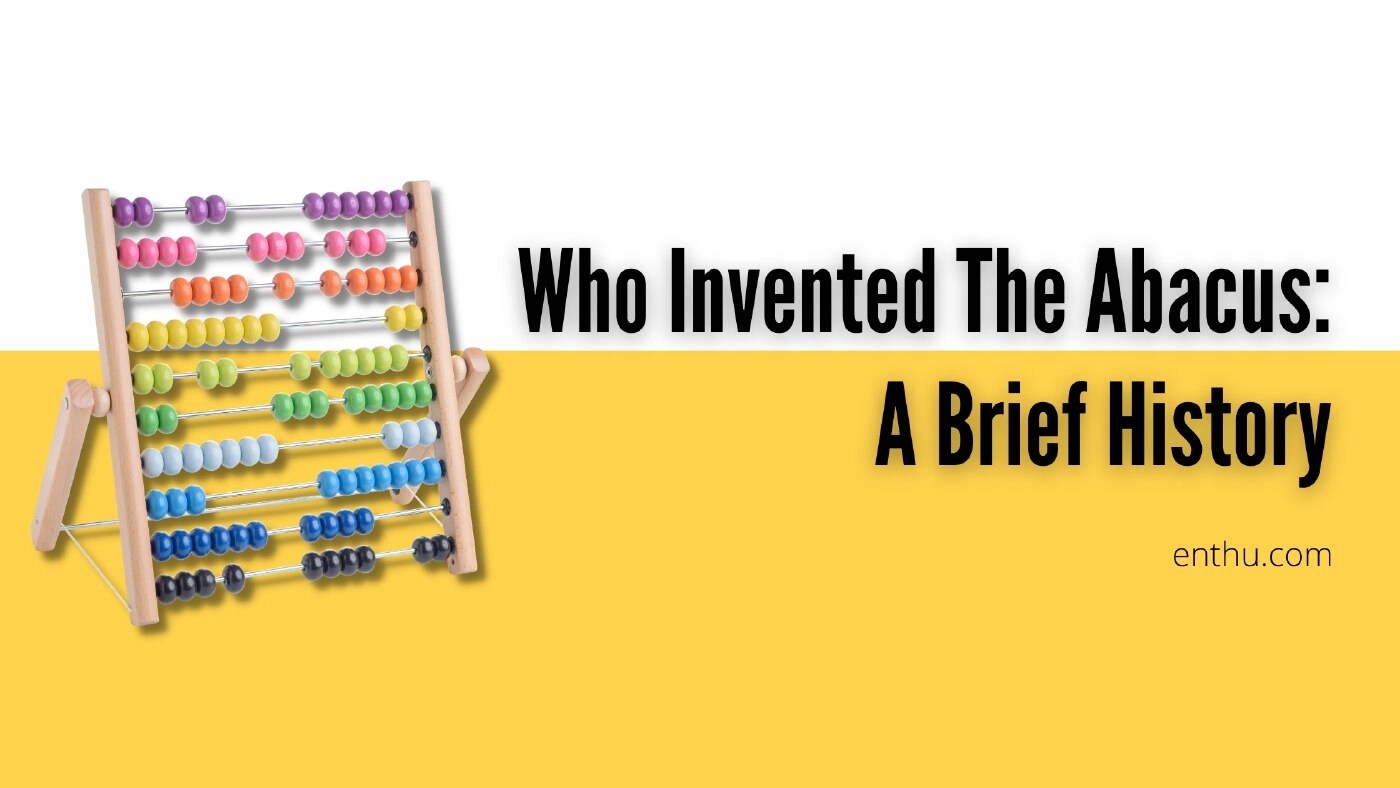
5. Boosts Confidence
Arithmetic has always been one of the toughest subjects at school, most kids end up losing interest when they find it difficult. However, students who practice application of abacus in their primary classes feel more confident in mathematics than other kids.
6. It Helps Children with Dyslexia
As many dyslexic children respond to the learning process through touching, an Abacus can be a good tool while introducing them to mathematical calculations.
7. It is Useful to Teach Mathematics To Visually-Impaired People
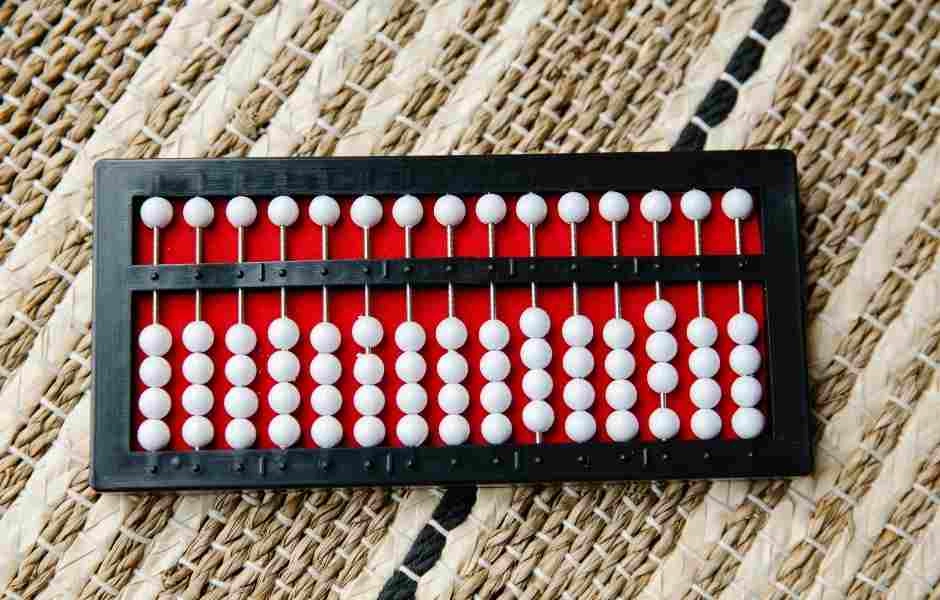
As a matter of fact, an abacus is a revolutionary tool to teach mathematics at schools for visually-impaired people. The abacus used by blind people is called Cranmer Abacus. It helps them to visualize numbers mentally and make calculations.
Undoubtedly, it's a boon for the visually-impaired community, as it helped uncountable blind students to understand numbers. Besides learning counting, they also perform complicated math calculations using the Cranmer abacus.
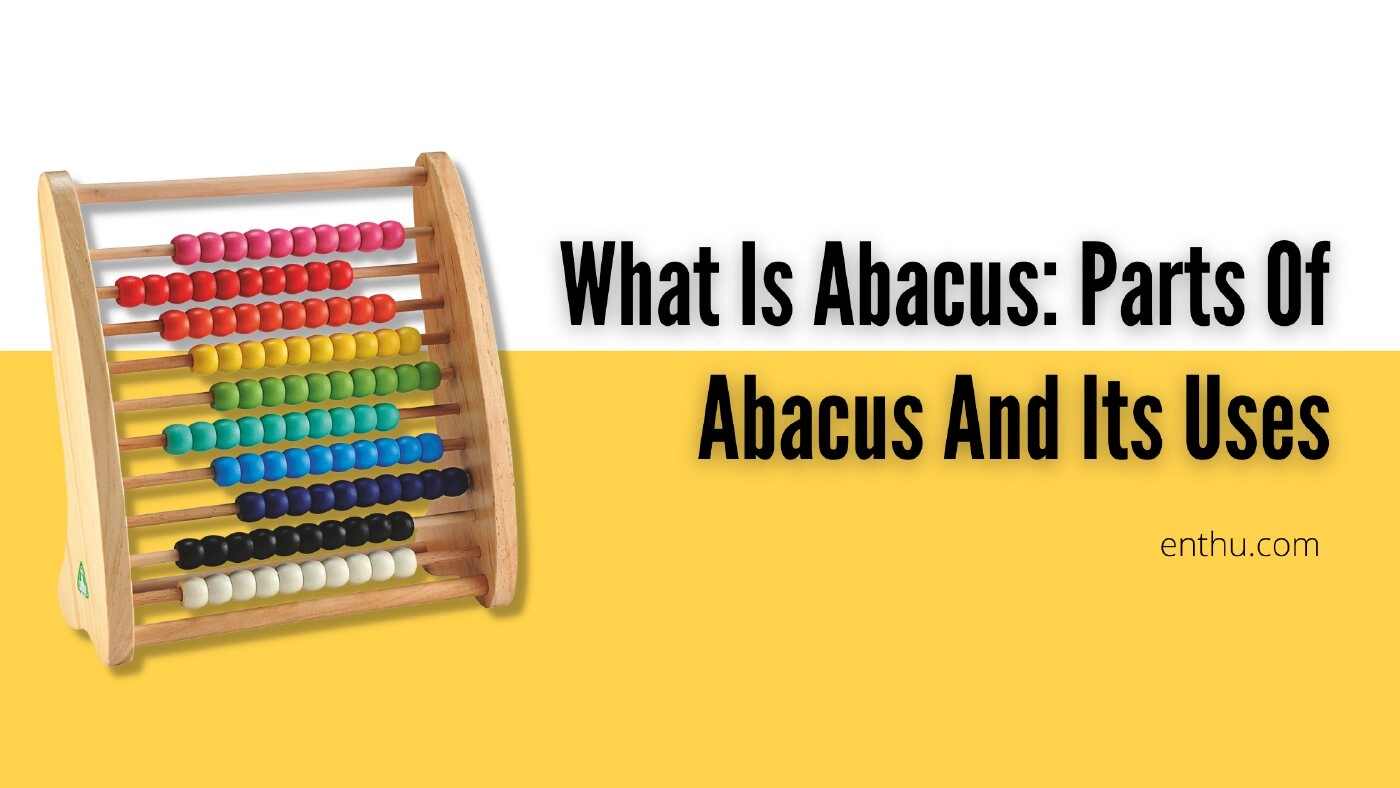
8. Boosts Imagination
One of major reasons behind Abacus' popularity is Mental math. In fact, the brain development programs of recent times use abacus to teach Mental math.
As I have mentioned before, practicing Mental math requires one to imagine the abacus and the numbers in their minds. Therefore, as a result, the repetitive abacus exercise involving imagination boosts imagination in kids.
Thus, abacus play a significant role in broadening the imagination of little children.
What can you teach on an Abacus Counting Frame?
1. Place Value
Teaching place values can be one of the most difficult levels in beginner’s mathematics. I suggest you try the Abacus counting frame.
For example, you can put 1 bead in 10 rows and explain how 10 ones become 1 ten. Also, ask them to arrange 10 beads in 10 rows and show how 10 tens become 1 hundred.
2. Addition
How to add bigger numbers Let’s try to add 89+69. On the first row, arrange 9 beads, and the second row keep 8 beads. Begin with first and add 5 beads to the 9, which makes a total of 14 beads.
Let’s keep the digit 4 in hand and move on 1 to 8, making it 9 beads. Next, add 9+6, making it to 15 beads. Therefore, the result we get is 154.
3. Subtraction
Let me explain with an example like 9 - 3 = 6
Begin by asking the little learner to push 9 beads to the right of the first row. Then, explain how subtracting 3 means they've to take away 3 beads (from the total 9) to the left.
Now, let them count the rest of the beads. The answer is 6. This is how you can teach subtraction on an abacus.
4. Multiplication
I think an Abacus is the easiest way to teach multiplication. Ask your child to arrange 3 beads on 4 different rows and then ask them to count. In this process, they will have a mental picture of how 4 times 3 makes a 12.

5. Division
To explain division on an abacus, first, tell them the concepts of dividend and divisor. Begin by representing the dividend on the first row and the divisor on the last (10th) row. Let's try to solve 6 ÷ 3 = 2.
Now, ask your child to slide 6 beads to the right on the top row. As the divisor is 3, so ask them to keep sliding 3 beads at a time to the left (hand side) on the first row.
Don't forget to slide 1 bead towards the right on the 10th row for each set of 3 beads. At the end of the division, you will have 2 beads on the last row. Therefore, the answer is 2.


Conclusion
On the whole, there are several benefits of abacus. By learning to use this tool, children and adults not only learn the basics but also learn to calculate faster in their minds without using any pen and paper.
Moreover, learning abacus has so many perks, especially if you want your child to feel confident. If you are still wondering is abacus worth it, then, you can checkout this blog.
P.S. Dear reader, if you aren’t trained to use an Abacus counting frame, I suggest you go for an online abacus training.
FAQs
1) How does abacus help in brain development?
While abacus training, kids use their both hands to move the beads. And when kids use both of their hands, they stimulate the brain cells of both the right and left sides of the brain.
This help children to learn rational thinking, critical thinking, and come up with creative ideas.
2) What age should you learn abacus?
You should start learning abacus as soon as possible. It's always better to start learning between 3 to 5 years age. Also, anybody from any age group can learn abacus. There is no age boundary. However, it is suggested to learn abacus at a primary level for better benefits.
To learn more about the appropriate age for learning abacus, please read:
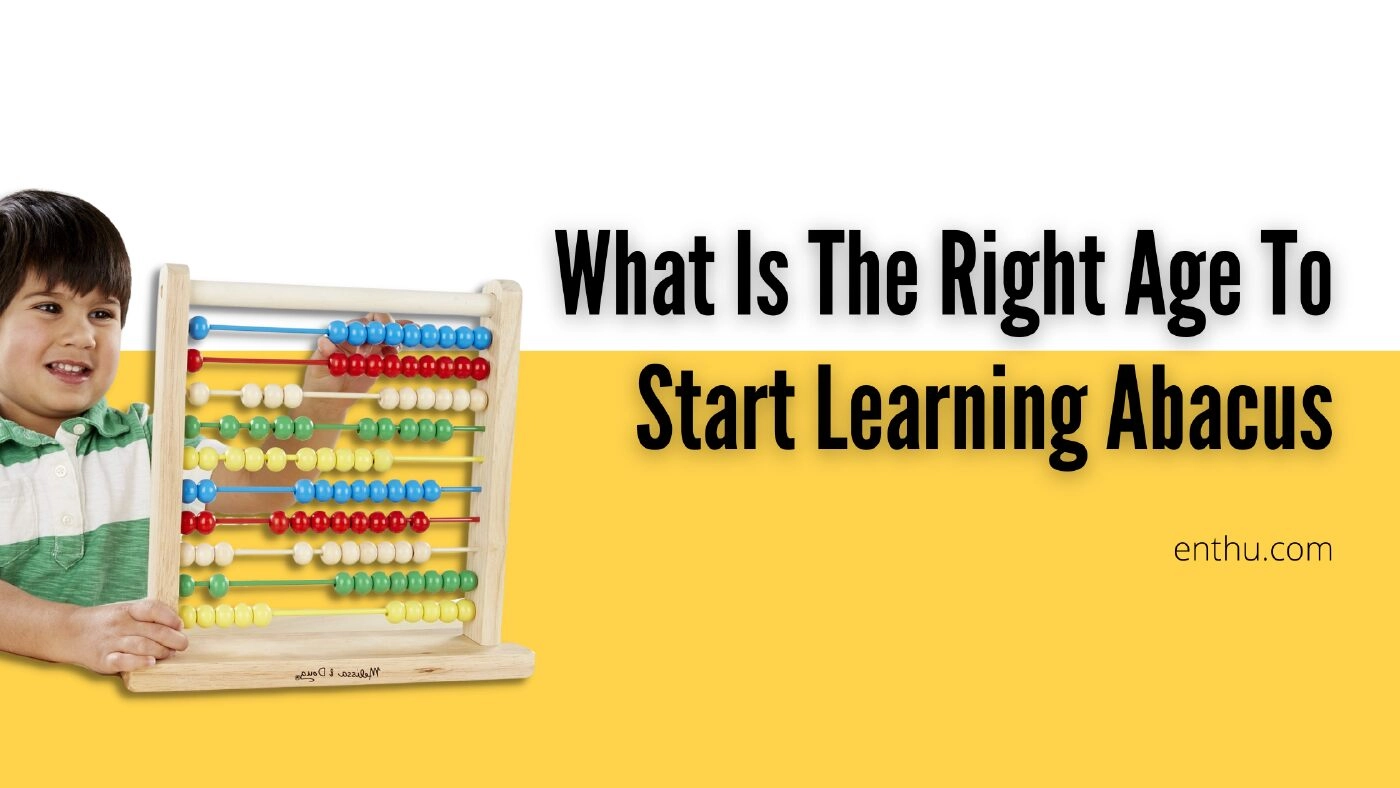
3) Is abacus good for a child?
Abacus learning is definitely good for a child. It helps to learn and understand mathematics in a better way, enhances memory and brain development, and boosts confidence in them.
But, if you still have doubts, read

4) Does abacus make you smarter?
Even though "smart" has subjective meaning for every individual, I would say, yes, abacus makes people smarter in general.
It helps people to grasp difficult mathematical calculations and also improve several other qualities, such as rational thinking, critical analysis of situations, and learn creative skills.

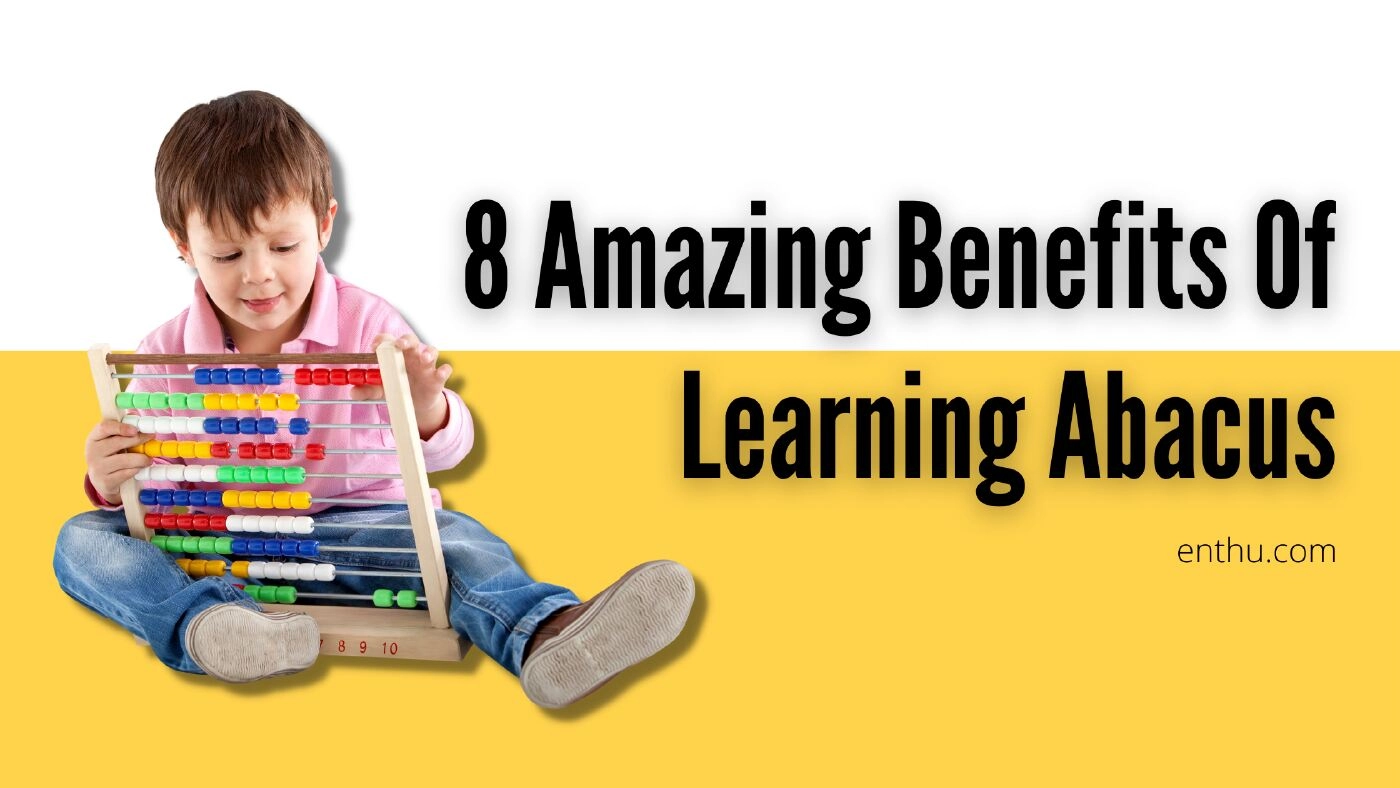
Comments